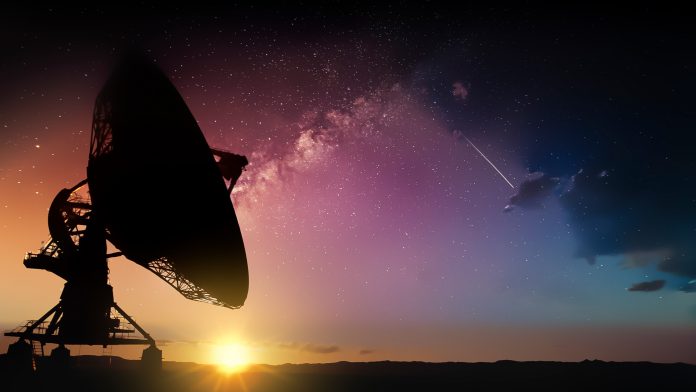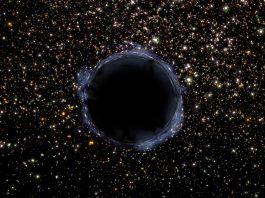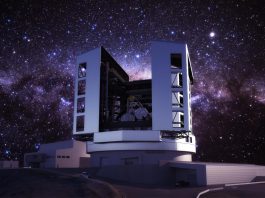Two new dedicated fellows will facilitate the introduction of the James Webb Space Telescope and its scientific capacities to public life in the UK.
As the groundbreaking James Webb Space Telescope gets closer to its launch into space, the Science and Technology Facilities Council (STFC) has selected the fellows to assist in the use of science from this novel mission and to enhance community engagement.
The research fellows
The appointed fellows are the University of Hertfordshire’s Dr Emma Curtis-Lake and Dr Olivia Jones of STFC’s UK Astronomy Technology Centre (UK ATC) in Edinburgh.
Dr Gillian Wright, Director of UK ATC and the European principal investigator for the Mid-InfraRed Instrument (MIRI) instrument on Webb, commented: “After more than two decades leading the team which has developed one of the instruments for Webb, I am absolutely delighted that STFC is now funding two research fellows to carry out their world-class science with the new mission so we can see the fruits of our labour.”
The James Webb Space Telescope
The telescope, often referred to as Webb, is set to be the largest telescope ever sent into space and will be augmented to view the Universe in the infrared. This novel telescope is the product of collaboration between NASA, the European Space Agency and the Canadian Space Agency; it is led in the UK by the UK Space Agency.
Webb is expected to orbit approximately one million miles from Earth and is to provide a completely new perspective of our Universe in extraordinary detail.
This will enable astronomers to study the Universe in greater depths and investigate unknown concepts such as the formation and the origin of galaxies as well as exoplanets.
The UK’s role in scientific exploration
This five-year fellowship will support the UK’s prominent role in Webb, especially the part it is playing in designing and building MIRI. On top of this, it will boost the roles of the UK Space Agency and UK Research and Innovation in this innovative space facility.
Dr Jones explained: “As the science lead for the Webb cosmic mining initiative, which is being run with the Institute for Research in Schools, I am working with thousands of school students across the UK to analyse the vast archive of Spitzer (a previous US mission) spectral data to investigate the chemical make-up of stellar objects and identify potential targets for the Webb mission.
“The students will then contribute to the development of a Webb observing proposal for these objects and hopefully analyse their own Webb data.”
The researchers will be provided with funding in order to embark on their own research programmes employing the unique abilities of the James Webb Space Telescope.
The evolution of galaxies
Both of the chosen fellows will be exploring the evolution of galaxies, including the birth and death of stars.
Dr Curtis-Lake said: “Now that the launch of Webb is just around the corner, I’m so grateful for the opportunity this fellowship brings to be able to study galaxies in the very early Universe while working in the dynamic research group at the University of Hertfordshire.
“Thanks to NIRSpec, an incredibly sensitive spectrograph capable of taking spectra of hundreds of galaxies at once, we’ll be able to trace the transformation of primordial hydrogen and helium into heavier elements like oxygen, carbon and nitrogen by stars in these early galaxies.
“This means we will get brand new data showing how the sites of star formation were different in the past compared to the present day.”
Star formation
Dr Jones added: “My research focuses on the beginnings and ends of a star’s life.
“At these stages of stellar evolution, stars are surrounded by tiny dust particles which are exceptionally bright in the infrared where Webb is very sensitive.
“With Webb, I will be observing individual sites of extreme star formation, populations of evolved stars and supernovae explosions in nearby galaxies to study the cosmic evolution of dust and chemical enrichment through the Universe. This research can only be done with Webb.
“I finally have the opportunity to propose observations at these wavelengths, and I am very excited at the prospect of what the next five years will bring.
“In addition to being scientifically interesting, many of my Webb targets are also visually stunning, and I am very much looking forward to the images Webb will produce for these exciting objects.”









